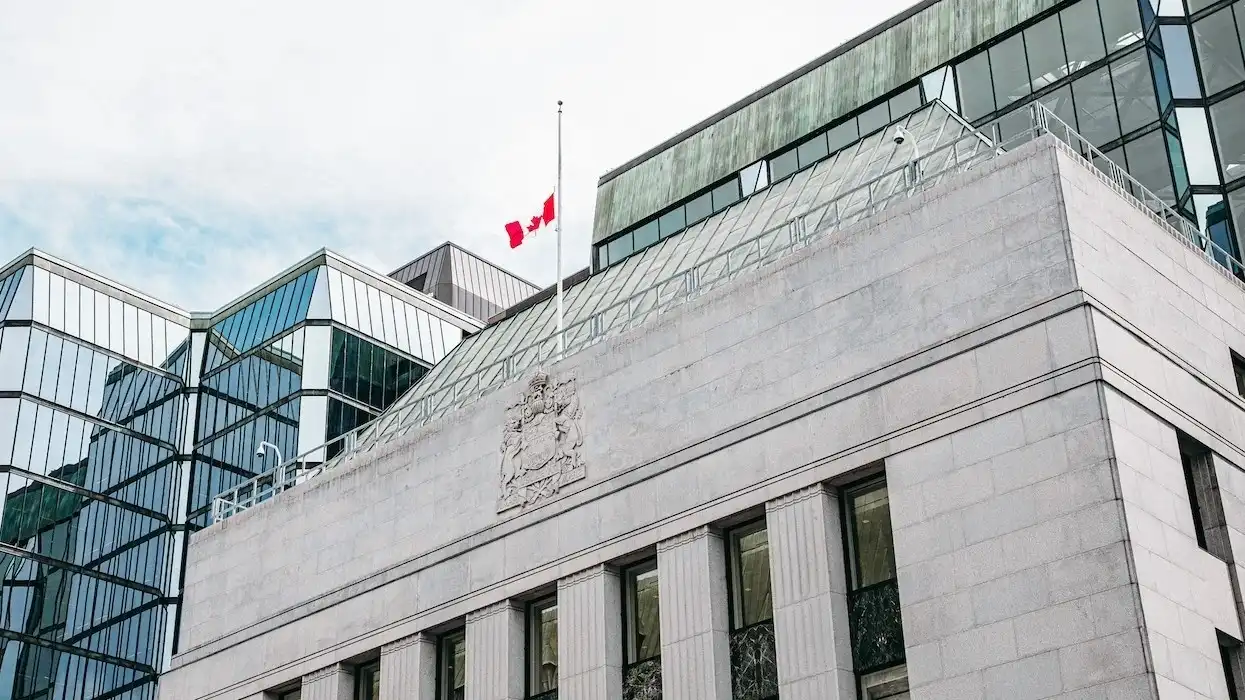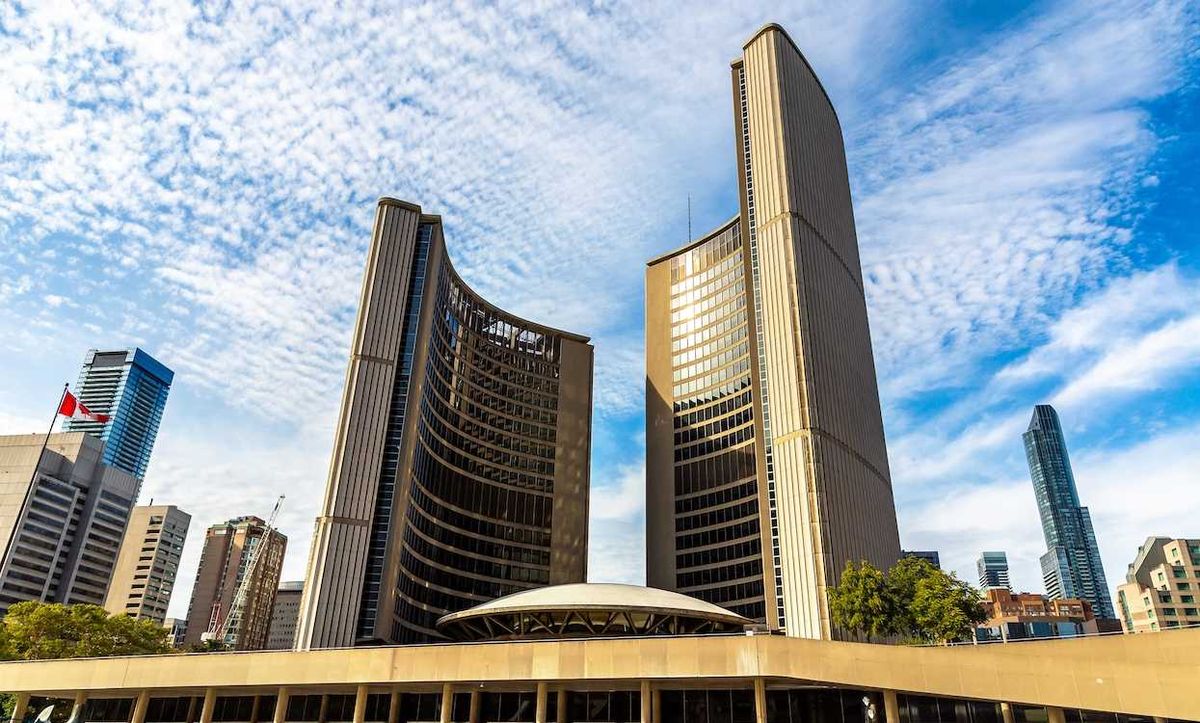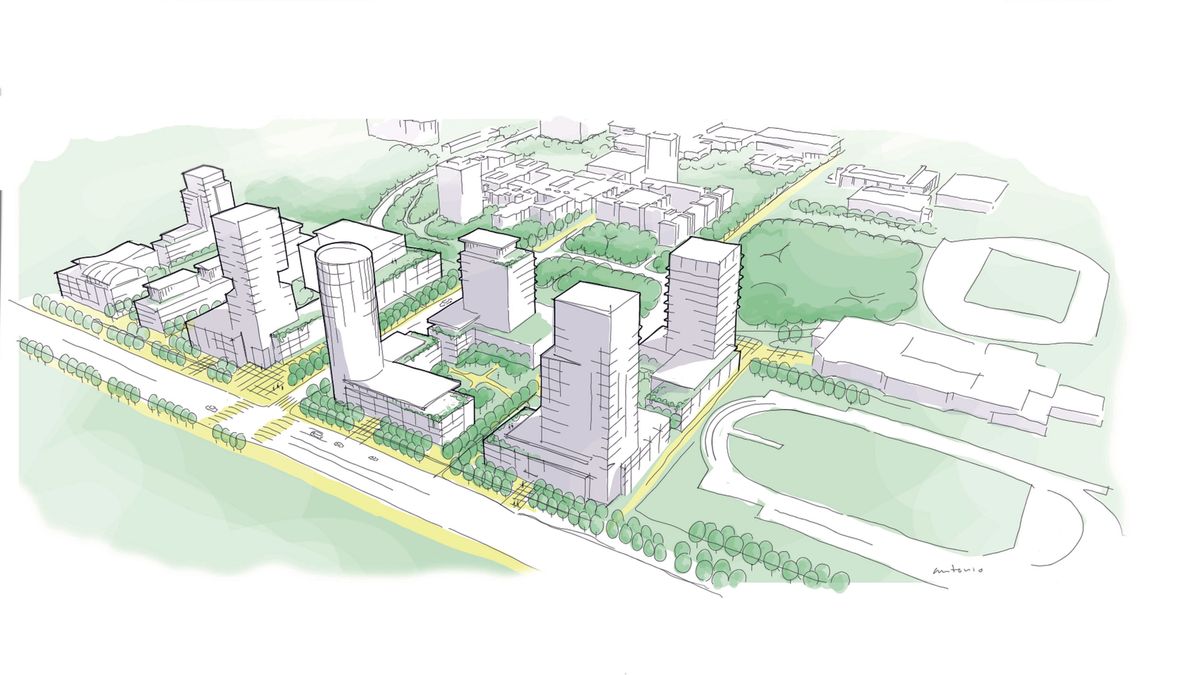UPDATE: On Wednesday morning the Bank of Canada announced an interest rate cut of 50 basis points that brings the policy rate down to 3.25%.
Wednesday marks the eighth and last policy interest rate decision of the year, and as has been the case for the past two-and-a-half years (and change), all eyes are on the Bank of Canada.
To recap… after raising the rate 10 times between March 2022 and July 2023 (in what has widely been called one of the most aggressive monetary policy tightening campaigns in BoC history), the central bank opted for not a single hike in 2024. Instead, we saw three holds in January, March, and April, which left the policy rate at 5% (a 23-year high), followed by four consecutive cuts in June, July, September, and October.
For this last announcement — slated for Wednesday, December 11 — the question is (once again) not will they lower the rate, but by how much.
Well, the jury is still out on that. And by “jury,” we mean economists with Canada’s ‘Big Five’ banks. But here’s exactly what each is forecasting for the last interest rate announcement of the year (and the announcements to come in 2025), so you can know what to expect... sort of.
TD: “A close call for the central bank”
Economists with TD have not budged from their call of a 25-bps cut for months now. In fact, that was their prediction before the October announcement as well, which, as we now know, resulted in the first 50-bps cut not only of the cycle, but since March 2020.
In discussing Statistic Canada’s labour market data for November — it showed that the unemployment rate rose 0.3% to 6.8%, while actual employment rose by 0.2% to 51,000 persons — Economist James Orlando expressed that “markets are still on the fence” on whether the decision will culminate in a 50- or 25-bps cut.
Still, said Orlando, the economy continuing to add jobs, coupled with the fact that recent economic and housing market data has shown resilience, has economists with TD sticking to their call for 25 bps — “but it will remain a close call for the central bank,” Orlando added.
Another report published the same day, this one by Economist Ksenia Bushmeneva had the same sort of message, however, this one also noted that the odds, amongst markets, of a 50-bps rate cut has risen 80%.
Scotiabank: A “case for” 50 bps, a “case for less”
Over at Scotiabank, the call is for another half-point cut, bringing the policy rate down to 3.25%. However, in one of their latest reports, Economist Derek Holt said, “If they cut by only 25 bps then it will have been the right thing to do in my opinion.” (He followed that up with, “I’d even prefer a pause.”)
In any case, as he’s tended to do before a BoC announcement, Holt has keenly compiled “case for” (a 50 bps cut) and “case for less” lists.
On the ‘for’ side, Holt points out that markets are priced in favour of a larger cut. “A risk management approach may be employed by Macklem. He might say that the costs to overdoing stimulus are outweighed by the costs to underdoing it and running the risk of inflation shooting well below 2% in 2025,” Holt writes, later adding that he (strongly) believes that “Macklem is fundamentally a dove” and “waited far too long to begin hiking and after inflation was well on its way sharply higher.”
On the ‘for less’ side, Holt points to October’s inflation uptick: CPI rose 2% year over year in October, after rising just 1.6% the month prior. “If the BoC is at all data dependent, then it can’t really ignore the fact that its preferred measures of core inflation hit a bottom in early 2024 and have been on a highly volatile upward path since then with recent m/m figures well above the 2% target in seasonally adjusted and annualized terms,” he adds.
CIBC: ‘No reason to think 50 bps is overdoing it’
Coming in with a more philosophical take than the rest is CIBC Economist Avery Shenfeld. “Virtually every Canadian forecaster has projected that the Bank will have to take the overnight rate to 3% or less in the months ahead to generate its targeted pick-up in growth. If so, there’s no reason to think that cutting 50 bps, to 3.25%, could be overdoing it,” Shenfeld writes. “So “why not” get there next week, rather than early next year, if we’re going to end up needing even more interest rate relief in 2025? Why not give the economy more of what it needs a bit earlier.”
While Shenfeld acknowledges that Canadian inflation has not behaved in the way the central bank was hoping, he follows that up with, “It’s not as if a half point move would send inflation roaring ahead.” He also notes that taking “mortgage interest out of the inflation tally, since rate cuts will cool that component,” the 12-month CPI has been below 2% for the majority of 2024.
The CIBC report also looks ahead to the year ahead, and lays out a forecast of a 2.25% policy interest by midway 2025. “That’s only about a half point below our estimate of the neutral rate, and hardly seems like overkill for an economy that needs monetary stimulus to get moving at a better clip,” Shenfeld adds.
RBC: 50 bps ‘expected’ to cap off the year
RBC rocks in with certainly, with economists Nathan Janzen and Abbey Xu saying that they “expect the Bank of Canada’s final policy decision of 2024 on Wednesday to be another 50-bps interest rate cut — adding to a 50 bps cut in October and 125 bps in total cuts since June.”
Adding to that point, they write, “it is also clear that interest rates are higher than they need to be for inflation to hold at the central bank’s 2% target,” while acknowledging that sectors like home resales and consumer spending, which are more interest rate-sensitive, showed signs of resilience in the third quarter. On the contrary, they point out that GDP growth is “tracking below” what the BoC had forecasted.
“Interest rates are still high — particularly when compared to that softening economic backdrop,” Janzen and Xu go on to say. “The 50 bps cut we expect on Wednesday would still leave the overnight rate at the top end of the 2.25% to 3.25% range that the central bank views as ‘neutral,’ well above the 1.75% peak in the decade ahead of the pandemic. In other words, additional interest rate cuts so far have been the equivalent of the BoC easing off the economy’s brakes rather than stepping on the gas.”
In 2025, economists with RBC are expecting to maintain their dovish tone, calling for additional cuts until the policy rate falls below the BoC’s target of 2% mid-year.
BMO: 50 bps ‘not the optimal path’
Economists with BMO are making the call for a 50-bps cut, but they’re quite clear that they wouldn't quite agree with the decision. Still, Economist Benjamin Reitzes writes in his commentary of StatCan’s latest employment data that it “effectively ended the debate” around the Bank’s upcoming meeting.
October’s larger cut was driven by weaker growth, inflation figures, and a slackening labour market. Since then, the data have been mixed, with inflation above expected and the GDP figures open to interpretation,” Reitzes says.
However, of the job market data, and more specifically the jump in the unemployment rate to 6.8%, he points out that it marks a “fresh cycle high and the highest since early 2017,” with the exception of the pandemic. “With all the data in hand, we’re now looking for a 50 bp cut from the Bank, even if we don’t believe that is the optimal path.”
But there are risks to opting for another jumbo cut, Reitzes cautions, including to the Canadian dollar. The other big risk: housing. “[…] with mortgage insurance rules easing later this month, we could see housing heat up further even without mortgage rates moving lower,” he writes. “That’s a clear risk for policymakers: they don’t want to worsen housing affordability. Arguably, housing has achieved a reasonably soft landing, and there’s no need to risk sparking exuberance with more aggressive rate cuts.”
- RBC Already Calling For Another 50-Bps Interest Rate Cut In December ›
- Bank Of Canada Goes Big With 50 Bps Interest Rate Cut, Largest Since 2020 ›
- Bank Of Canada Pulls Trigger On 50 Bps Interest Rate Cut ›
- What’s In Store For Bank Of Canada Interest Rates In 2025 ›
- Every Big Bank On January's Interest Rate Announcement ›





















